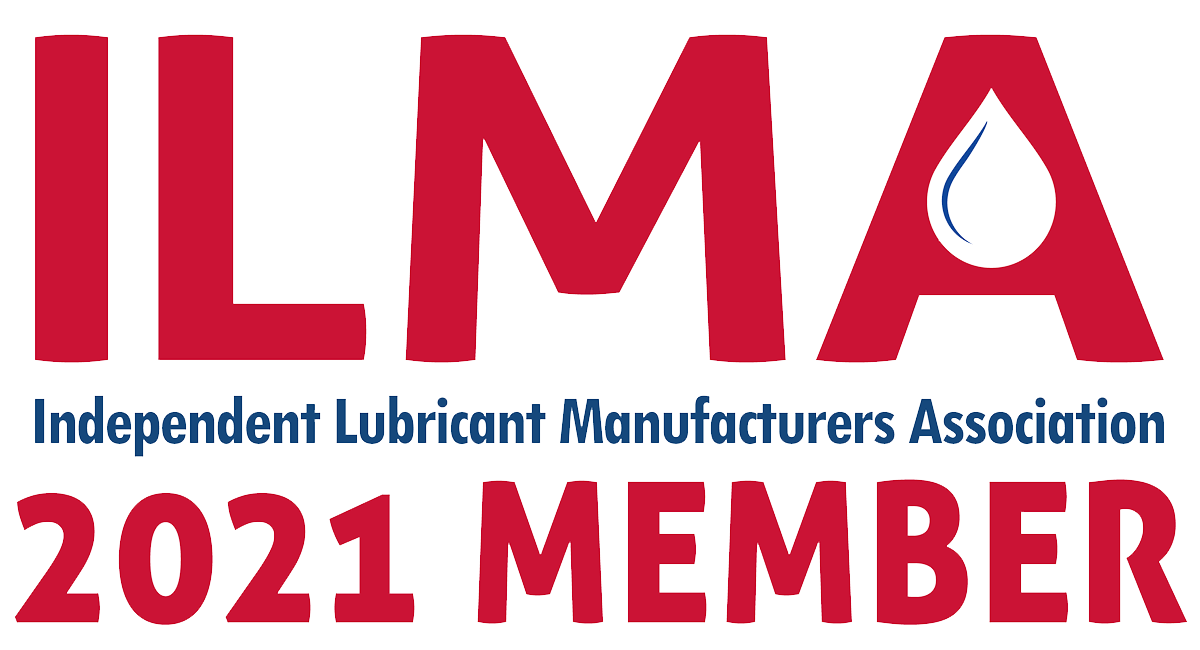The National Truck Equipment Association (NTEA) hosted its annual Work Truck Show last week, March 5-8, at the Indiana Convention Center in Indianapolis.
While most tradeshows focus on innovation and new tech in passenger cars, the Work Truck Show caters exclusively to heavy duty vehicles used in a wide range of jobs. While the focus is a little different, this year’s Work Truck Show focused on some of the same issues that have also been hot topics for passenger car enthusiasts. Here are the top takeaways from the 2019 NTEA Work Truck Show:
Electricity and Green Trucks – Several manufacturers displayed new electric models at the show, while the NTEA hosted a green truck panel focused on the long-term goal of zero emission work vehicles. Freightliner brought its eM2 Class 7, a medium duty electric truck, a vehicle set for production in 2021. Fuso also brought the latest version of its eCanter truck, an electric vehicle designed for short term hauling in urban environments, while Spartan Motors introduced two electric vehicles of their own. While many believe we ar a long way from fully electrified fleets, it’s clear that heavy duty vehicle manufacturers have taken interest in the technology.
Diesel Still Rules – Electric trucks may be the future, but its clear diesel trucks aren’t going away any time soon. A majority of the trucks at this year’s show were diesel powered, including Navistar’s new International CV Class 4 and Class 5. Fuso, Isuzu, Ford, Nissan and several other manufacturers presented one or several new diesel vehicles.
Ford Fills Out its Lineup – Ford introduced a new F-600, a smaller, scaled down version of its F-650 chassis. The American automaker is the only company that produces a full line of trucks, from its F-150 all the way up through its F-750. Other American automakers also announced changes to their lineups, as Chrysler debuted commercial versions of its heavy-duty Ram pickup trucks and chassis cabs.
Inside the Cabin – Many of the automakers that presented showed off improved interior trims, onboard computers and other safety tech. The aforementioned Ram Heavy Duty trucks will include new and improved informational displays at all trim levels. Preco Electronics also announced updates to it’s blind spot platform Side Defender, adding new audio and visual alerts and improving its lane change assist feature.




